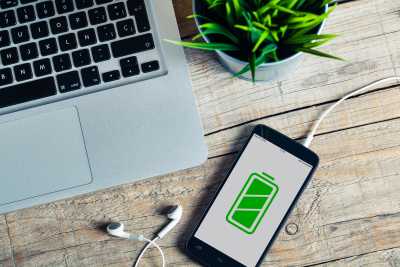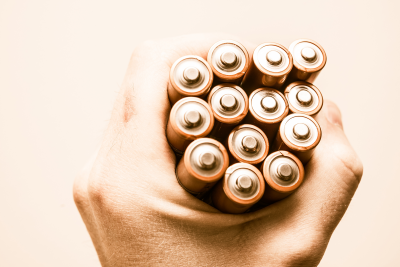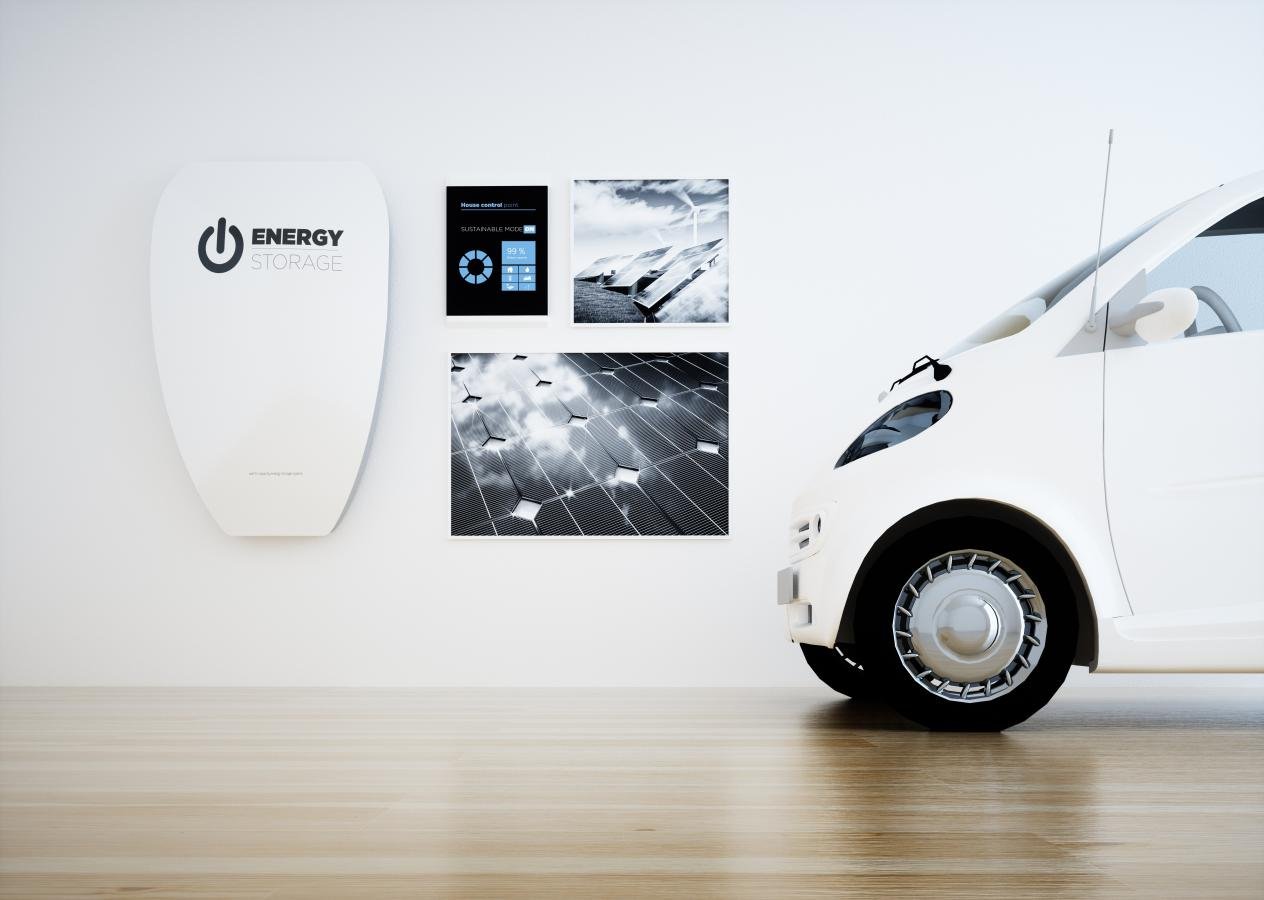
Home batteries on solar panels: an interesting investment?
But is investing in a home battery to store self-generated solar energy still a worthwhile venture? Let’s find out.
Home batteries growing in popularity
Recent figures speak for themselves: the home battery market is experiencing rapid growth. In 2022, for example, an impressive 52,196 home batteries were registered with Fluvius - more than double the number compared to 2021.
This significant growth can be largely attributed to government incentives and the discontinuation of the net metering system for existing solar panel installations in Flanders.
The digital meter and home battery
Fluvius is installing digital meters everywhere. By the end of 2024, digital meters will be installed in approximately 80% of Flemish households, and everyone should have one by July 2029.
With a digital meter, you only pay for the exact amount of electricity you consume from the grid, while also receiving compensation for the electricity you inject back into it.
If you have a home battery but haven’t installed a digital meter yet, you will benefit from ordering one as soon as possible through the Fluvius website. This will ensure you avoid the prosumer tariff, which you can read more about this later in this article.
Flemish premium for home batteries discontinued
For several years, the Flemish government provided a subsidy for purchasing or leasing a home battery, but this grant was discontinued on 1 April 2023.
‘The Flemish Government has decided that home batteries with an AREI certification issued after 31 March 2023 are no longer eligible for the grant.’ (Vlaanderen.be)
If you still want to apply for a premium for a home battery with an AREI certification dated before 1 April 2023, here’s what you need to know:
- You must submit a completed premium application within 9 months of the commissioning date (the AREI certification of the installation);
- The commissioning date (AREI certification) determines the amount of the premium and the conditions;
- The application portal will remain open until 31 December 2023 for home batteries with an AREI certification dated 31 March 2023 or earlier. The portal will be permanently closed from 1 January 2024.
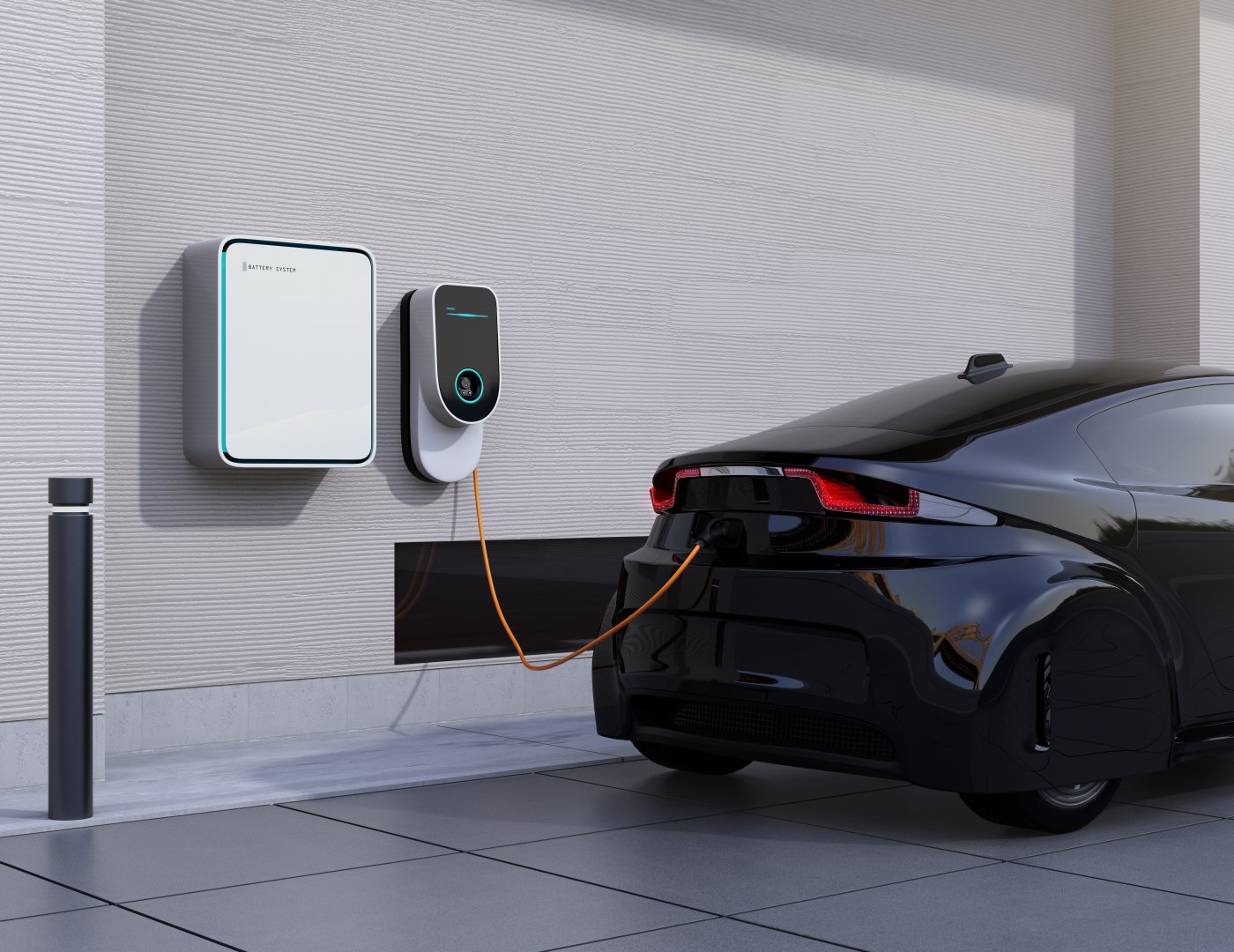

How much does a home battery cost?
The cost of a home battery depends on various factors, such as the brand and capacity. The higher the capacity, both in terms of charging power and the speed at which the electricity can be discharged, the higher the price tag.
The guide price for a 3 kWh home battery is approximately €4,000, and prices range from €5,000 to €8,000 for an 8 kWh home battery.
This substantial investment often makes it challenging to recoup the costs as quickly as with solar panels (which typically takes around 8 years on average).
What is the payback period of a home battery?
In what time frame will a home battery pay for itself? There are many myths surrounding the payback period of a home battery. In reality, the payback period can range from 8 to 14 years, or even up to 20 years.
You can calculate the payback period for yourself on the simulator.
You can find a handy overview of frequently asked questions at https://energiesparen.be/thuisbatterij.
How profitable is a home battery?
There are a number of factors to take into account when assessing a home battery’s profitability:
- Your household’s total energy consumption;
- How much of your solar energy you consume yourself;
- The capacity of the home battery;
- Your current energy contract.
For most these factors, optimisation is crucial!
If you already have a digital meter, you can check your consumption data at mijn.fluvius.be
How to choose the right home battery?
Choose a home battery based on your consumption (so don’t go for one that is too big and expensive).
The capacity tariff was introduced in 2023, meaning that your grid fees are based not only on the amount of electricity you consume, but also on how much strain you put on the electricity grid. To ensure that the benefits of your home battery outweigh the costs, it is recommended to have a 1 kWh battery per kWp (kilowatt peak) of solar panels.
For an average solar panel installation of 4 kWp, you should ideally have a home battery with a capacity of 4 to 6 kWh.
A tip to get the most out of your solar panels and home battery: consume as much of your own solar energy as possible and review your energy contract.
To get a better idea of the size, self-consumption and payback period of a home battery, use this simulator from the Flemish government to determine if a home battery is profitable for you.
Injecting surplus energy into the grid: how does it work?
Solar panels, a home battery and injecting unused solar energy into the grid all go hand in hand. There are different developments in the various regions in our country in this regard. Take a look at them here.

In Flanders
Net metering: prosumer tariff or injection tariff
As a solar panel owner, you are a prosumer. This means that you use the electricity grid but also inject electricity back into it. If you do not have a digital meter yet, but already have a net meter, you pay a fixed prosumer tariff each year.
The way this tariff is calculated changed on 1 July 2022. The prosumer tariff is spread across the year, according to the normal number of hours of sunshine per month.
The prosumer tariff will be discontinued when everyone has a digital meter. Approximately 80% of new digital meters will be installed in Flemish households by the end of 2024, and everyone should have one by July 2029.
Digital meter: feed-in contract
If you opt for a home battery, it is wise to apply for a digital meter from Fluvius as soon as possible.
With a digital meter, you can precisely measure how much electricity you consume and how much you inject back into the grid. The prosumer tariff will then no longer apply.
The energy you consume from the grid and the (unused solar) energy you inject into the grid are calculated separately.
- You pay: energy costs, distribution network tariff and taxes on your total (gross) consumption from the grid, summarised as ‘network costs for gross consumption’.
- You receive: compensation from your energy supplier for the amount of electricity you inject into the grid, determined in a feed-in contract.
You can use the VREG V-test to determine which feed-in contract offers the best compensation.
Capacity tariff
The capacity tariff was introduced in 2023. This is another way of distributing grid costs among all consumers. The new capacity tariff no longer calculates the costs for using the electricity grid based solely on the amount of electricity you consume, but largely based on peak consumption.
In other words, the capacity tariff takes into account the consumption peaks for your household or property.
The distinction between day and night tariffs has also disappeared, so the network tariffs you pay no longer depend on the time of consumption.
The home battery will help you consume as much energy as possible from your solar panels. This means you will consume less electricity from the grid, reducing the risk of consumption ‘peaks’ and resulting in additional savings.
A home battery is therefore more cost-effective than before, especially in Flanders.
In Wallonia
Prosumer tariff
The prosumer tariff was introduced in Wallonia in 2020. In the first two years, solar panel owners received a bill for the prosumer tariff, but they also received an annual premium from their grid operator, which fully compensated for the cost of the tariff.
The Walloon Region is continuing to partially compensate the prosumer tariff at a rate of 54.27% in 2022 and 2023, which is still done through a premium paid by the grid operator. The remaining 45.73% is the responsibility of the prosumers (source: engie.be).
If the prosumer has an electromechanical meter, the prosumer tariff is a fixed rate based on the power of the solar panels (EUR/kVA). If they have a digital meter, however, the tariff is proportional, meaning it takes into account the electricity consumed (EUR/kWh drawn from the grid). In the latter case, the prosumer tariff will not exceed the amount of the flat-rate prosumer tariff that would normally apply to that solar panel system.
From 2024, prosumers will pay the full prosumer tariff.
In Brussels
Injection tariff
Just like in Wallonia, a prosumer tariff was introduced in the Brussels Region in 2020: a lower compensation for the electricity you inject.
The injection tariff system has been in effect in Brussels since 1 November 2021. The bidirectional digital meter measures the amount of electricity you consume and the amount you inject separately. You pay for the electricity you draw from the grid at the consumption rate, and you receive a predetermined amount per kWh of injected electricity: the injection tariff. This level of compensation depends on the energy supplier.
You can find more information here.
More information on how investment premiums in regions outside of Flanders are regulated is available here.
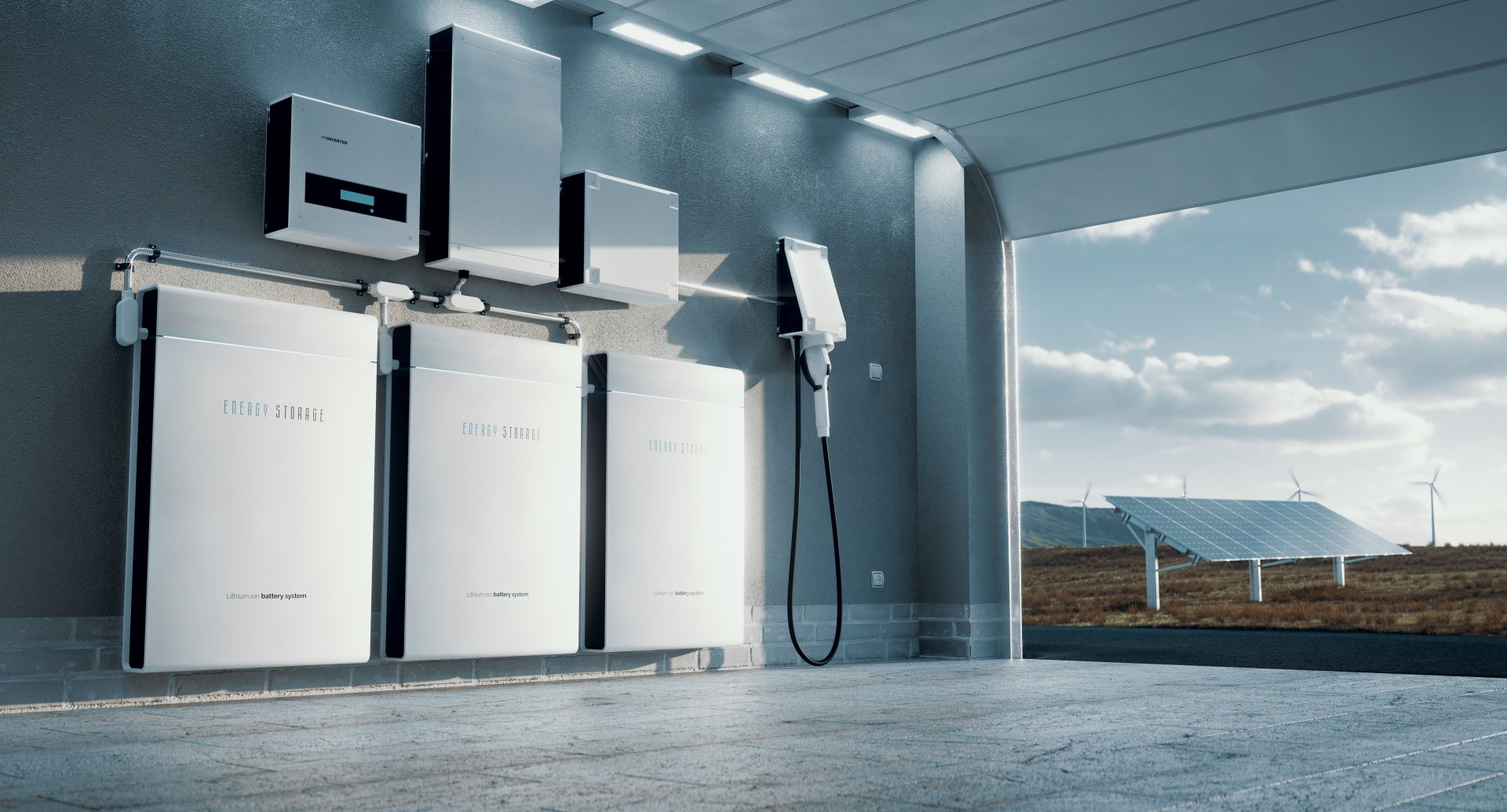
Answers to all your energy questions
You can find reliable answers to all your questions about energy regulation and billing on the site of CREG, the Commission for Electricity and Gas Regulation.
You will also find the three regulators in our country:
They are responsible for organising and operating the regional electricity and natural gas markets, providing advice to regional governments, monitoring the implementation of decrees and decisions, and approving distribution network tariffs. They also offer a mediation service for consumers who have issues with their supplier or distribution network operator.
You can also contact your energy supplier with specific questions about the situation in your region.
Is a home battery a good investment?
Even after all this information, the burning question remains: is buying a home battery still worthwhile?
Solar panels reduce your energy bill, and with a home battery you can consume more of the energy you produce from them, which is especially advantageous during times of soaring energy prices.
It’s true that a home battery is a significant investment that takes years to pay off, but on the other hand it doesn’t seem likely that high energy prices will decrease anytime soon. So a home battery is definitely worth considering if you want to maximise the benefits of your solar panels.
If you’re still unsure, you can already try these tips:
- First, increase your self-consumption, e.g. use your washing machine, dishwasher and tumble dryer as much as possible during the day when the sun is shining and your solar panels are generating electricity;
- If you have an electric (heat pump) boiler or electric vehicle, set them to connect with your solar panels. In many cases, it pays to automate this process using an energy management system (EMS).
Then, as the owner of a digital meter (based on your usage data), you can use the Flemish simulator to consider whether investing in a home battery is beneficial.
Finally: another important tip!
When buying a home battery, make sure to check whether the take-back obligation (the collection and recycling of the discarded battery) is regulated.
Just like all other batteries, home batteries are subject to the take-back obligation by the producer/importer. This is regulated at European level. The producer/importer must provide the possibility to take back the home battery through the installer at the end of its lifespan.
The producer/importer is the company that brings the batteries to the Belgian market and therefore has the take-back obligation in Belgium.
A producer/importer affiliated with Bebat pays an environmental contribution on home batteries. This contribution can be passed on to the end customer.
When the home battery reaches its end of life, you can be sure as a customer that the discarded battery will be taken back for free, even if your supplier no longer exists. The environmental contribution for a 100kg home battery is €239 (figure 2022).
So it’s definitely worth discussing this too when making your purchase!

